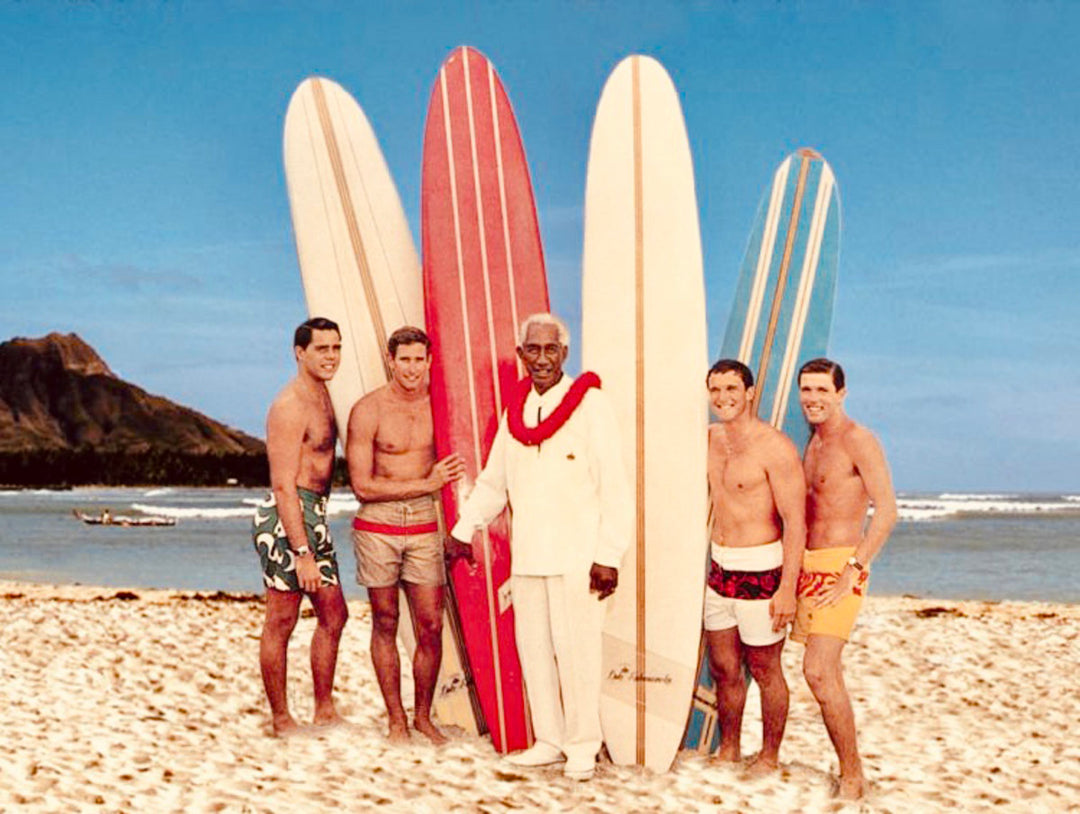THE WOODIE STATION WAGON
The term “station wagon” was coined right around the turn of the 20th century. Train stations were usually located on the outskirts of town, but hotels and restaurants were in downtown areas. So the “wagons” used to carry travelers from the “station” literally became known as “station wagons.” They were first referred as “depot hacks” because train stations were originally called depots. Both the bodies and the frames of these vehicles were made of wood.
As demand for this style of automobile increased during the first two decades of the 20th century, some furniture makers actually converted their factories into woodie car body manufacturing plants. But the Depression took its toll, and use of the station wagon for the general public began to fade. By 1933, the only American auto manufacturers with station wagons in their lines were Ford, Dodge and Plymouth. Still, a few more fashionable American woodie wagons were used at upscale lodges and country clubs. Some wealthy landowners with country estates were also using woodies for suburban transportation.

Then along came World War II. During the war years 1943 to 1945, American auto manufacturers were enlisted to produce war materials; passenger car production virtually ceased. Dodge was building trucks and personnel carriers, Plymouth produced ammunition, and Ford (along with Willys) was supplying “Jeeps” to the U.S. military. So while there was a high demand for steel during these years, civilian cars were not built from wood only because of a steel shortage; it had a lot to do with the fact that auto manufacturers were not really building civilian cars at all!
In 1945, the U.S government eased regulations on auto production, so manufacturers began developing some very interesting post-war designs. In the years immediately following the war, the American middle class found mass-produced woodie station wagons ideal for family road trips. Even luxury woodie roadsters and convertible coupes became available. 
The popularity of woodies for personal transportation peaked during the mid-20th century, and by the late fifties and into the early sixties, used car dealerships had plenty of cheap, poorly maintained woodies on their lots. Surfers found woodie station wagons ideal for carrying friends and their longboards up and down the coast, looking for waves. As surfing grew from a small, renegade sub-culture into an immensely popular lifestyle, the woodie station wagon really helped define what it has become today.
Photos:
1922 Woodie: A 1922 Essex, finished in natural wood with roll-up side curtains (middle left)
1946 Woodie: A beautiful 1946 Pontiac (top right)
1951 Woodie: A 1951 Country Squire – the last year Ford built a structural wood station wagon (bottom right)









